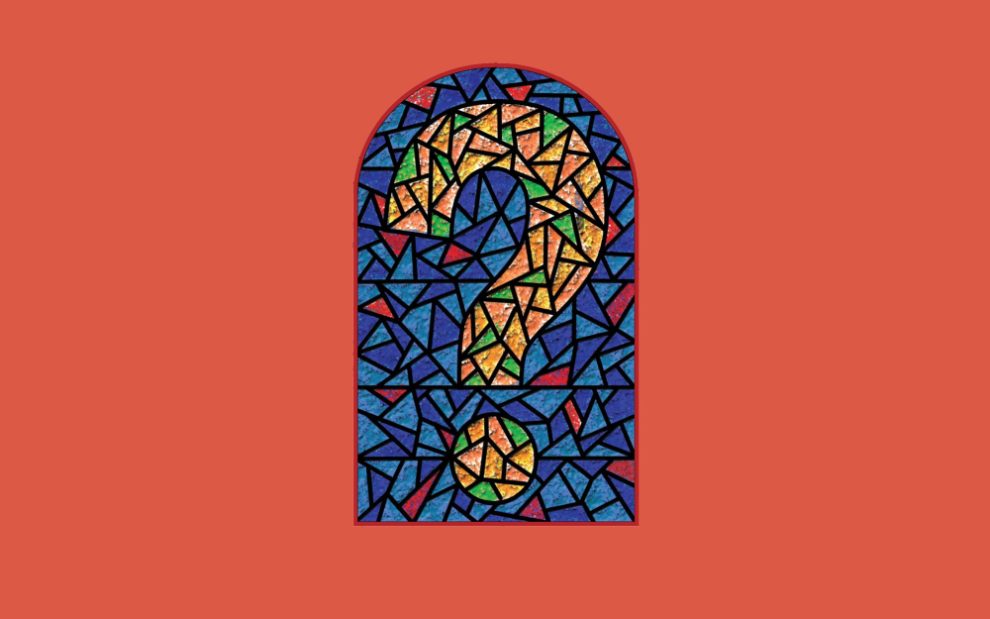Listen on: Spotify | Apple Podcasts
In the United States, nativity scenes are part of the ordinary landscape of Christmas—even in secular spaces. You might see a blow-up nativity scene, all in garish colors, in front of a neighborhood store. Or in church, traditional statuary depicting European-looking characters. Some homes and religious organizations feature nativity scenes from around the world, with the holy family in diverse cultural garb. But no matter the aesthetic there are common elements in most nativity scenes: Baby Jesus in the manger, Mary and Joseph close by, a few placid animals, some devout shepherds and magi, with an angel hovering on high.
But how accurate are these scenes? Would the Holy Family really have been surrounded by animals? Did shepherds actually show up immediately after Jesus was born? And did Mary worry at all about the safety of putting a newborn infant in an animal’s feeding trough?
On this episode of the podcast, scholar Jaime Waters talks to the hosts about what the nativity was really like and who was there. Waters is an associate professor of Old Testament at Boston College School of Theology and Ministry. She is presently working on a commentary on the book of Jeremiah for the Wisdom Commentary Series from Liturgical Press, and a book on methods of biblical interpretation. She has written multiple articles for America magazine about the intersection of scripture and justice issues.
You can learn more about this topic and read some of Waters’ writing in these links:
- “Who was really at the Nativity?” by Emily Sanna
- “What are we missing in our depictions of the nativity?” by Kelly Nikondeha
- “A nativity collection shows different imaginings of Christmas,” by Jerry Bleem, O.F.M.
- “The journey of the magi is long and risky, but it ends with joy,” by Jaime Waters
- “The loving dynamics in the Holy Family,” by Jaime Waters
Glad You Asked is sponsored by the Claretian Missionaries USA, an order of Catholic priests and brothers who live and work with the most vulnerable among us. To learn more, visit claretians.org.












Add comment